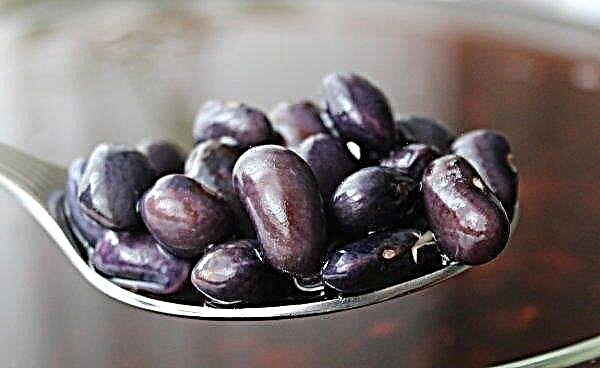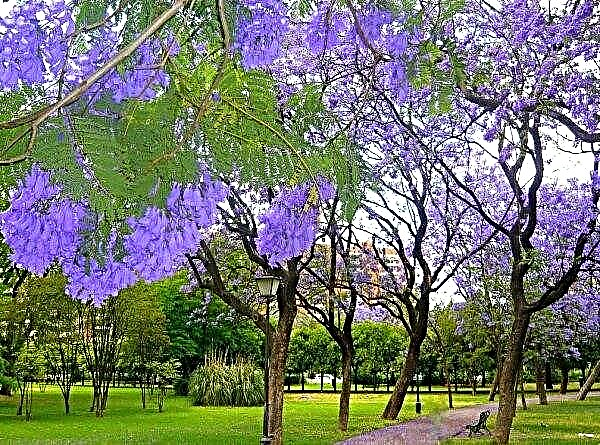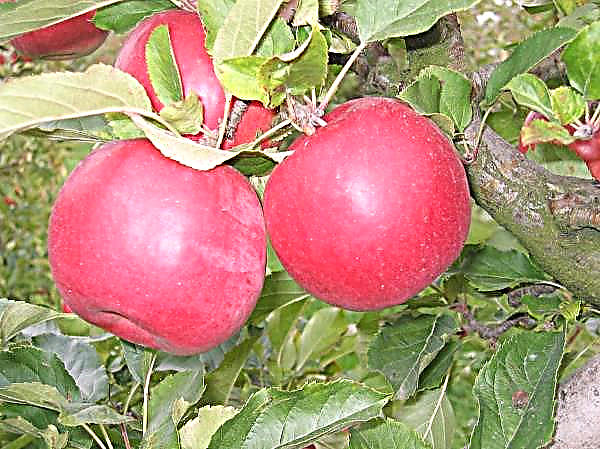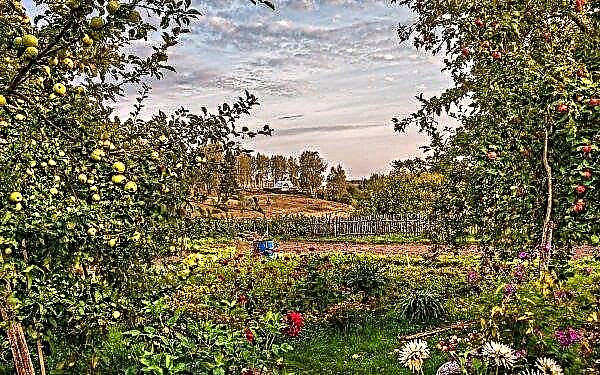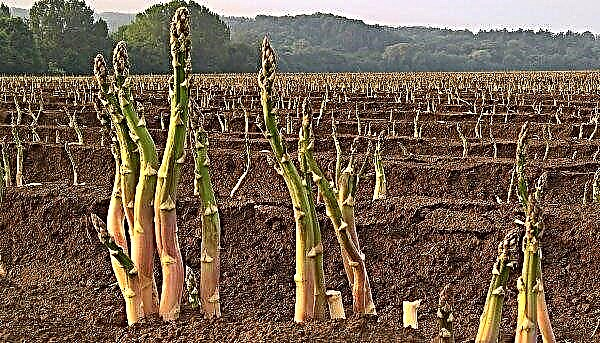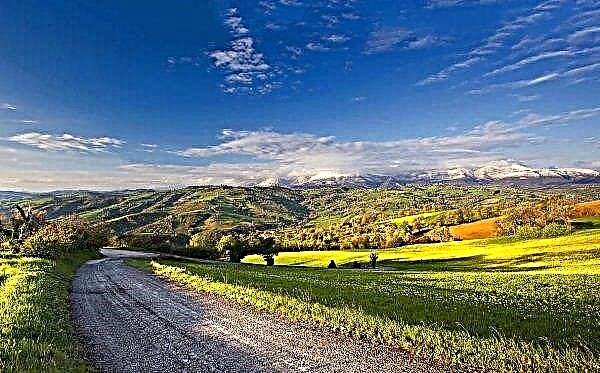A small artificial pond is the dream of most homeowners. But the owners of the reservoirs know how much work needs to be done to make man-made lakes look well-groomed and pleasing to the eye. One of the most common problems encountered when caring for a pond is its overgrowing with reeds. In terms of vitality and speed of propagation, this weed has no equal, and in order to get rid of it, patience and knowledge of some nuances are required, which will be discussed in the article.
Harm from the reeds
The greatest difficulties when caring for a pond are reeds. Its main feature is the pace of distribution. In a very short time, the plant is able to fill not only the territory near the coast, completely blocking the approaches to the water, but also the pond itself.
- How can a reed harm a pond:
- dying stems at the bottom form a layer of sludge, which leads to waterlogging;
- creates conditions for active reproduction of harmful insects (mosquitoes and midges);
- excessively consumes oxygen, which leads to the death of fish;
- causes a violation of the hydrochemical regime of the pond;
- reduces the intensity of photosynthesis of aquatic phytoplankton, reduces its population and significantly affects the food supply for fish;
- leads to total overgrowing and death of the reservoir with untimely removal of plants.

When to clean
To understand that the reservoir is oversaturated with vegetation, ready to begin to spread at an incredibly high speed under the first favorable conditions, you should pay attention to:
- thickets of reeds covered more than a quarter of the total and adjacent area of the reservoir;
- plants largely obscure the water surface, reducing its level of illumination and water temperature;
- the coastal zone has a muddy and boggy bottom.
 All these factors create problems for the further successful operation of the pond.
All these factors create problems for the further successful operation of the pond.
The use of water purification equipment
There are several ways to clean a pond efficiently:
- The use of dredging projectile. This type of equipment is able to clean bottom sediments from the bottom of a reservoir using a powerful soil pump. This method is most effective because it allows you to get rid of the reeds with the root. Cleaning with a dredger does not require drainage, which is cheaper at a cost. Another advantage of the method is the relatively short time of work, which depends on the size of the reservoir.
- The use of heavy construction equipment after draining the reservoir. An alternative to a dredger can only be a complete drainage of the pond and cleaning the bottom using excavators and bulldozers. The method allows you to return the pond to its original form, to clear the reservoir not only of reeds, but also of other plants and pollution. This method is very effective, but the most expensive.
Important! Working with a cattail requires attention. Its stems are very stiff; when broken, they split into strips with sharp edges that can easily cut through the skin. It should also be noted that last year’s debris can pierce the sole of light shoes.
How to get rid of reeds
For owners of small ponds and ponds, the described methods are not always beneficial. These cleaning methods are quite expensive, require preliminary training and the involvement of specialists. There are methods that allow you to clean the pond yourself - mowing plants, burning, exposure to chemicals or deoxidation of the soil.

Mowing
Mowing reeds around a pond is very effective. The procedure is performed twice a year - in spring and autumn. The main thing is to prevent the reappearance of shoots and flowering. The seeds of reeds and other plants are carried by the wind, they should be mowed before flowering. However, this method has disadvantages. In the places where the plants are cut, sharp cutting stumps will remain, which will not only cause a lot of inconvenience, but over time they will also be subject to rot and swamp the coastal territory.
Depending on the topography of the bottom and the coastal line of the reservoir there are two ways to deal with mowed plants:
- a deepening of the shoreline, as a result of which the roots of the plants will be washed, and the reeds will no longer grow
- sheltering the mowed part of the bulrush with geotextiles, tarpaulins or sanding on cut plants. Short stems buried under geotextile and sand will not break up, and newly sown plants will not be able to take deep roots, they can easily be removed with a simple garden tool.
Did you know? Edible rhizomes of reeds, rich in starch, proteins and sugars, were used in ancient times for the preparation of cakes.
Burning out
Despite the fact that the method has a good external effect, it has several disadvantages:
- the thermal effect is not able to completely remove the plant (the roots remain unharmed, and after a while the reeds germinate again);
- fire harms the flora and fauna of the reservoir;
- possibly uncontrolled spread of fire, requires attention and caution.

Chemical cleaning
There are many herbicides that can successfully remove any weeds, including reeds. All of these drugs should be used in dry, calm and warm weather.
Of the most affordable and effective:
- Roundup. The drug is prepared according to the instructions and sprayed directly onto the plant. The herbicide penetrates the plant through the leaves, stem, and then into the root system, destroying it. Processing should be carried out at least twice from spring to autumn.
- "Tornado". The tool can be applied by spraying. Also, a good result can be achieved by irrigation of the soil after rough cleaning of the coastline from reeds.
- "Hurricane". The herbicide can be used both on the surface of the plant and on the ground.

When using chemical control agents, remember:
- any chemicals are harmful to the environment;
- careless handling of herbicides can have a detrimental effect on other plants;
- a high concentration of chemicals will inevitably lead to the death of the inhabitants of the reservoir;
- funds are also harmful to human health. Mandatory use of personal protective equipment (respirator, gloves, goggles, work clothing, headgear).
Did you know? Fresh rhizome rhizomes have been successfully used in homeopathy to treat catarrhal gastritis. In traditional medicine of some countries, the plant is used as a raw material for hemostatic, wound healing and antiseptic agents.
Deoxidation
One of the effective ways to deal with reeds is deoxidation of the soil. The increased acidity of the soil is a very important condition for the active growth of reeds and, if the acidity of the soil is lowered to neutral or low, the plant can be completely destroyed.
To deoxidize, it is required:
- pump out water to the starting point of plant growth;
- mow reeds;
- drain the required area;
- remove roots from the soil in any convenient way;
- add alkaline-lime solution to the soil;
- moisten the treated area well.

Shore Cleaners
To care for the coastline, you can use:
- Underwater rake. They are made according to the principle of a garden tool and are distinguished by the length and sharpness of the teeth. The tool should have a metal handle, which allows you to weight the device for more efficient operation. With this tool, you can easily deal with the underwater part of plants, extract the roots of plants from a reservoir without prior drainage.
- Trimmer. Facilitates the process of cleaning the coastal zone, eliminating the surface of the plant.
- Manual dredger. One of the most effective tools. With its help, you can erode the soil under the roots of plants, and then mechanically remove the root system of the reeds by using the ejector nozzle of the hydraulic ripper.

To cope with such a complex and tenacious weed as reeds is very difficult. To do this, use a wide variety of methods, ranging from physical exposure and ending with the use of aggressive chemicals.
Important! In the thickets of reeds, many different rodents live, which are carriers of diseases and infections transmitted to humans. The cattail brought into the house may contain the leptospira virus, a disease that does not have a fatal outcome, but is actually not cured.
In any case, it should be remembered that there are no quick ways to get rid of this weed. But, using proven methods and having patience, you can still achieve excellent results in the form of a clean well-kept reservoir.

